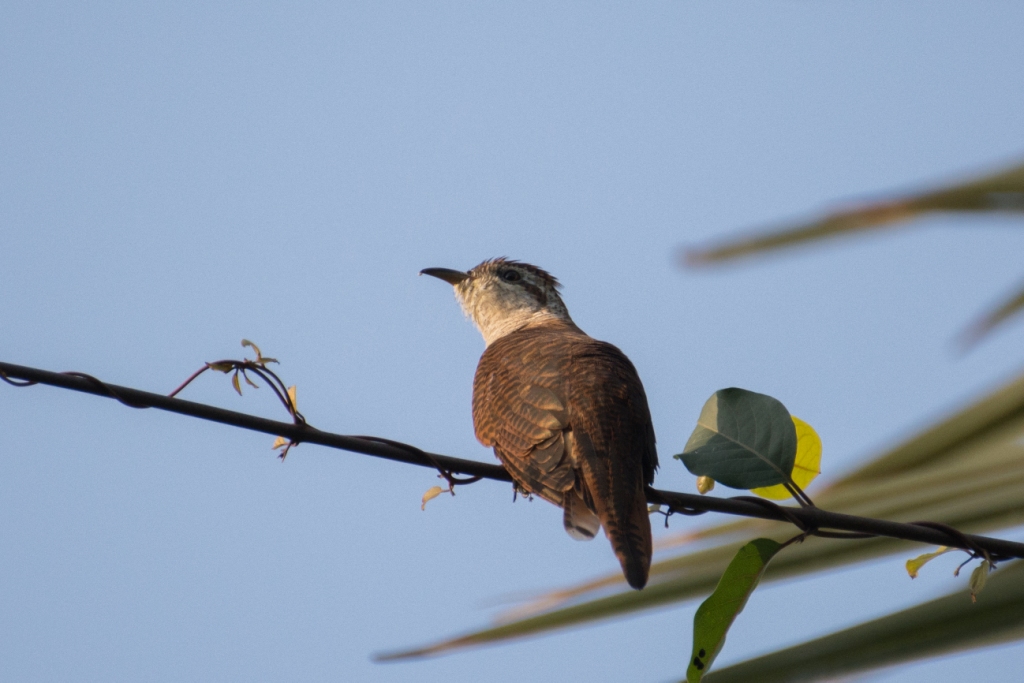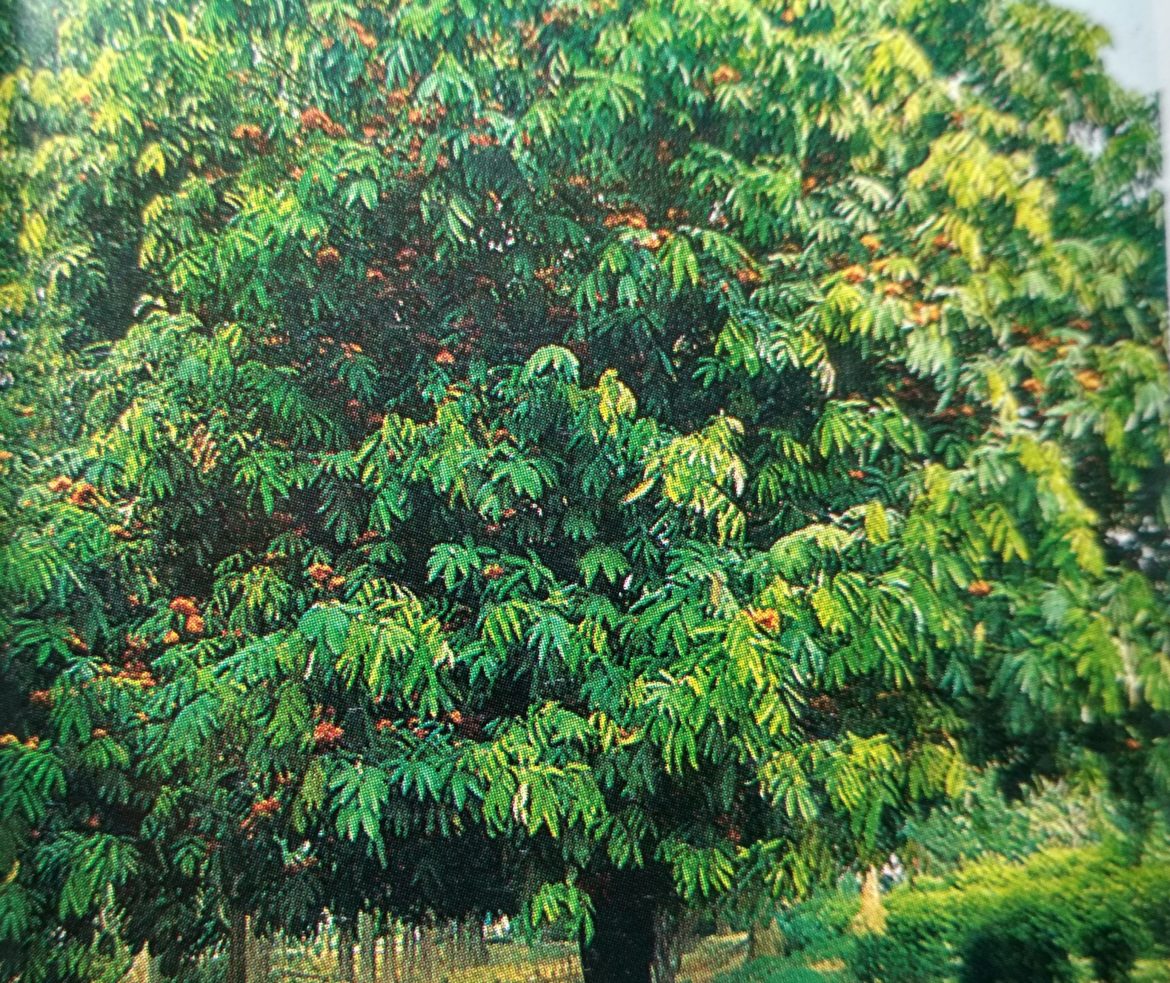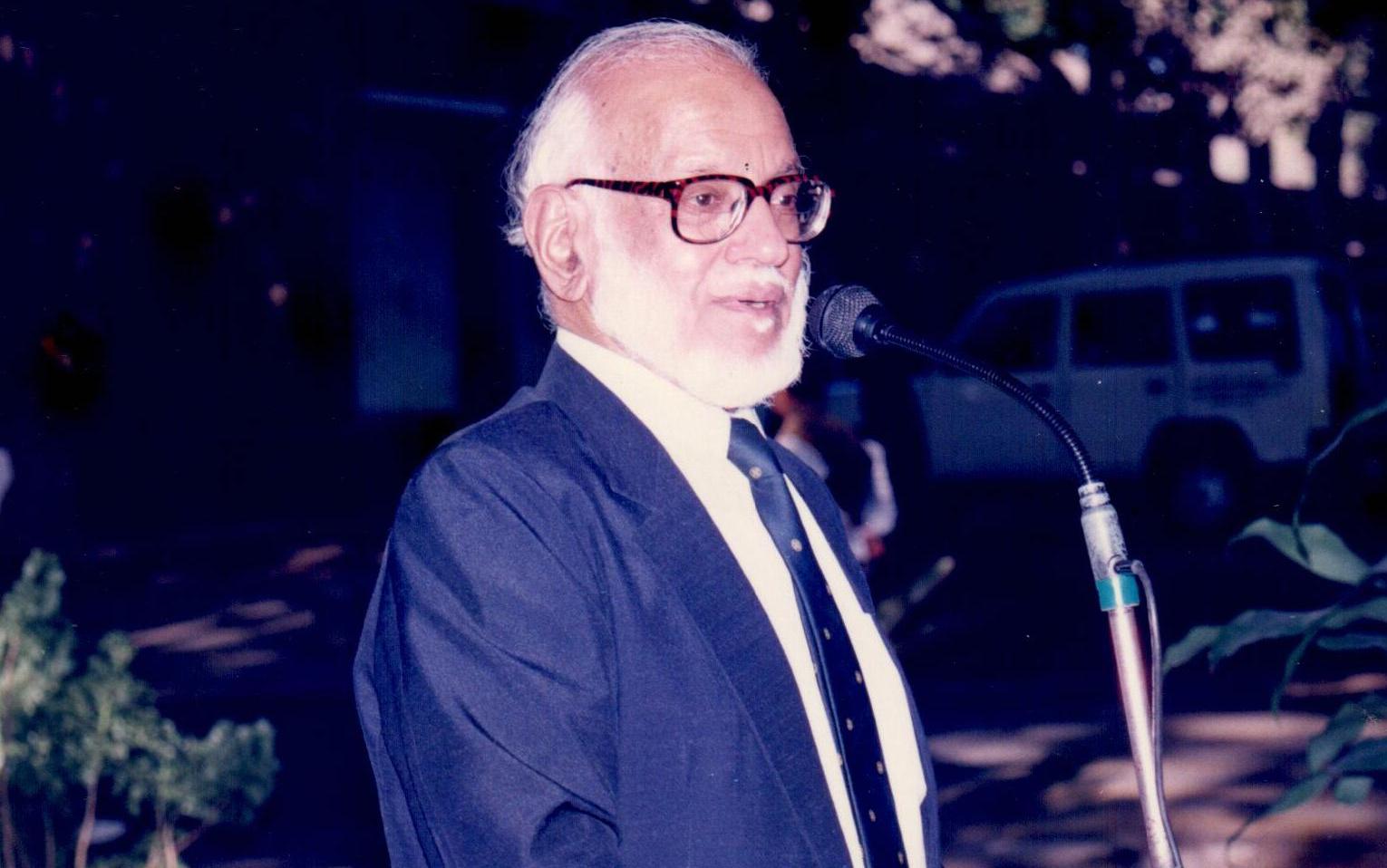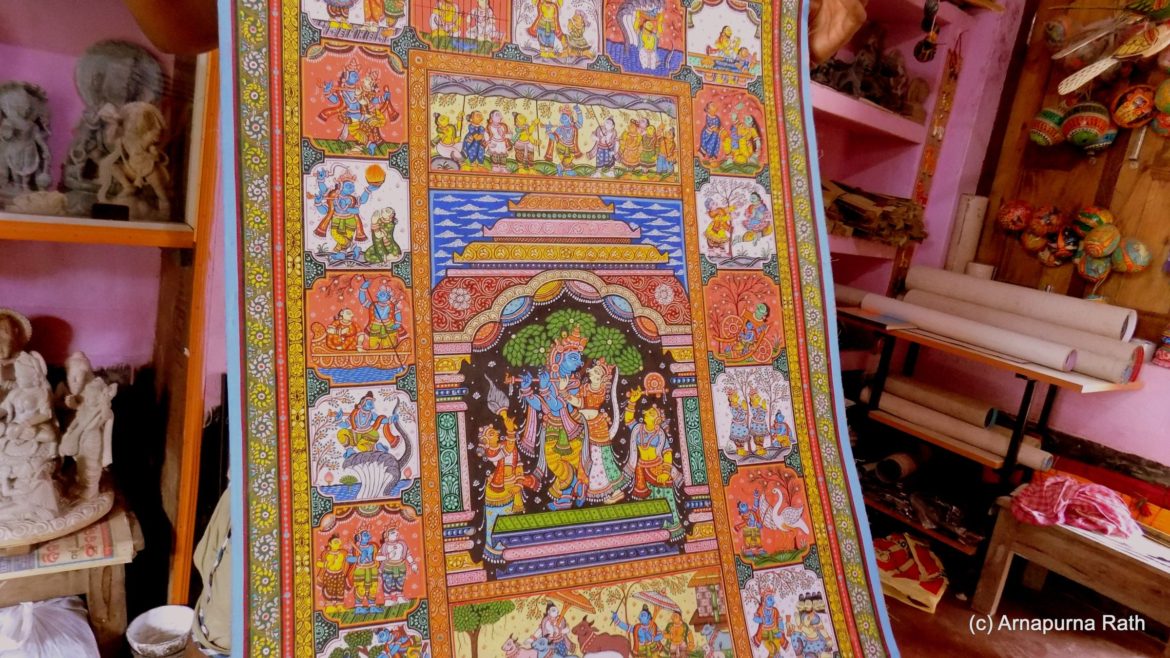During one of my many meaningless browsing sessions through absolutely unconnected and random sites (as one is wont to do in the hostel), I stumbled upon a 2009 WWF report on the biodiversity in the IITB campus. It was a long, long report, with no photographs and lots of data and I soon got bored. But I gleaned something from it – there are over a hundred species of birds in the campus and about 85 species of butterflies. This was unbelievable, to say the least, for I did in no way remember seeing more than 20 kinds of birds I guess till then and had identified even less. So started my journey in looking for these elusive birds and photographing them. Butterflies were entirely not on my mind. I was absolutely sure I would never be able to photograph these tiny, flighty, delicate creatures who always seemed to be busy fluttering.
IIT Bombay
The Ficus tree at Kshitij adjoining the IITB Hospital was abuzz with activity. The Coppersmith Barbet, Mumbai’s official City Bird, rang out its tuk tuk tuk tuk call as it bobbed its head from side to side. Not far away, a male Oriental Magpie-Robin sang uninterrupted, its attention focused entirely on the female close by. The male followed his mate from branch to branch with a string of persuasive, imploring notes, sometimes choosing the highest vantage point for a perfect delivery.
One of the most beautiful trees in the IIT Bombay campus (and it is hard to pick one!) is the Sita Ashoka (Sarca indica). There aren’t too many of them but one finds this tree in different parts of the campus – a prominent one between Gulmohur and the Staff Club and another strikingly beautiful one tumbling onto the road between Tansa and H5. The tree is arrestingly lovely, when in full bloom.
India annually imports medical devices worth over Rs. 30,000 crores, most of them unaffordable and unsuitable for local population. There is a need to indigenously develop high-quality yet affordable devices for local manufacture and use. Biomedical Engineering and Technology (incubation) Centre or BETiC at IIT Bombay is bringing the relevant stake-holders together for this purpose.
Engineers are changemakers. Whether we know it or not we have changed the world in ways that even we could not have imagined. I arrived at IIT Bombay a naïve teenager with what I thought I knew engineering was all about. I excelled at mathematics and science; my father was a leading engineer and involved in many exciting projects and I had heard that IIT Bombay was the place to be. I had no idea that engineering would provide me with the tools and capacity to change the world.
I sometimes wonder if the “father of western philosophy”, French philosopher, René Descartes had any gender complexities in mind, when he was talking about “Cogito Ergo Sum” (“I think, therefore I am”) in 1637 in his Discourse on the Method? Some of my thoughts in this regard emerge from the idea that the history of knowledge and history of creative writing, in essence, has been the canonized history of men as intellectuals and as thinkers. Therefore, when Fundamatics requested me to write an article on what it means to be a woman academic in IITs, the floodgates of emotions were thrown open, bringing me face-to-face once again after several years with the Cartesian notion of Cogito Ergo Sum.
A few months ago, we received the sad news of the passing away of Prof. MGK Menon, who was one of India’s most gifted scientists and administrators. Prof. Menon was closely associated with IIT Bombay as the Chairman of the Board of Governors of IIT Bombay from 1997 to 2003 and it is a privilege for me to write about him.
‘The Internet Changes Everything’ has been extracted from Part 1: The Internet Wave (1994–2002) of the book ©’The Golden Tap: The Inside Story of Hyper Funded Indian Startups’ by Kashyap Deorah.
Within 50 kilometres from Odisha’s capital, Bhubaneswar, there is the picturesque village of Raghurajpur. The village is just ten kilometres prior to the temple town of Puri, and within a kilometre from NH-316. It is surrounded by tall coconut trees and richly textured paddy fields.









